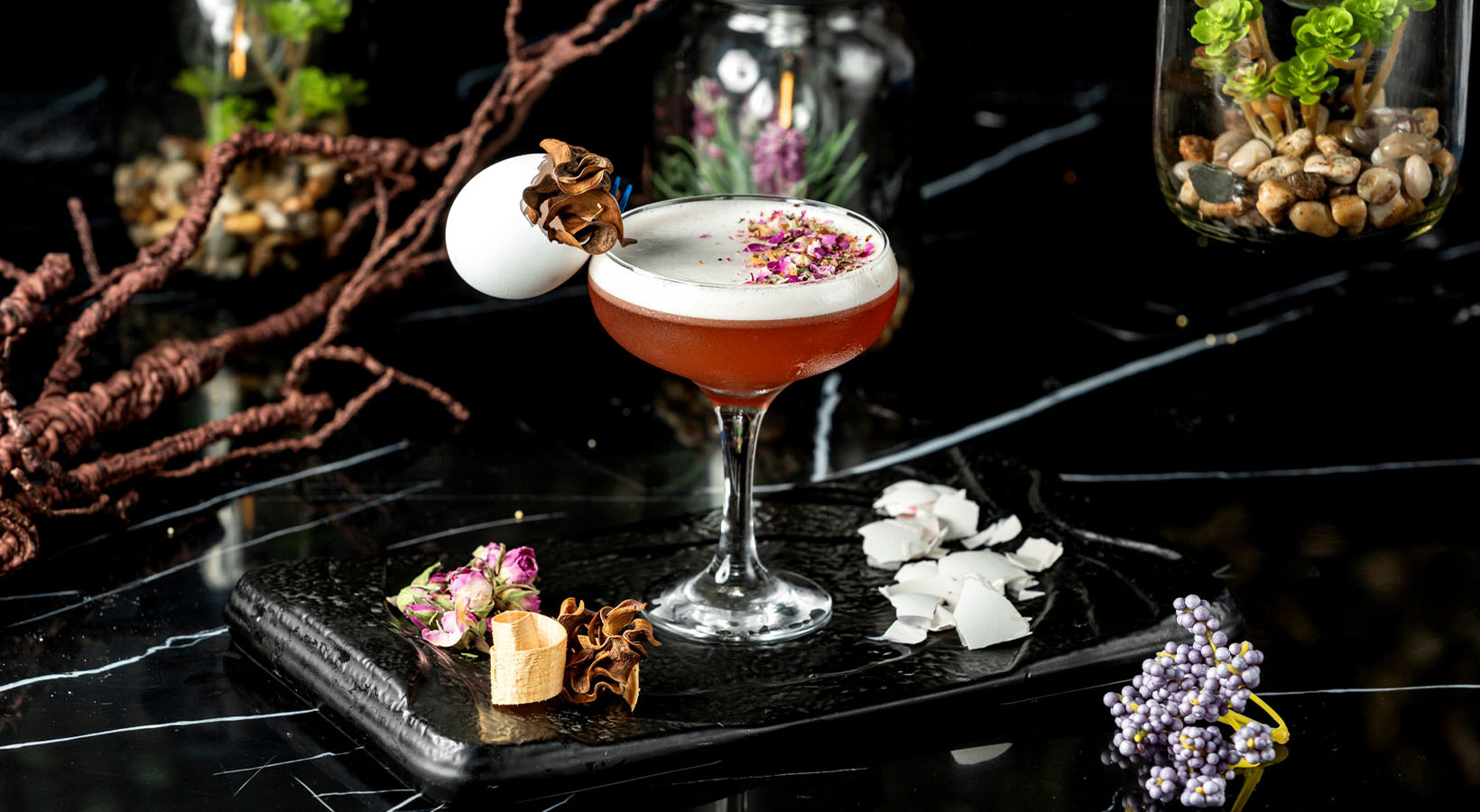
Here’s What You Need To Know About Serving Draft Cocktails
Draft cocktails have evolved from a passing trend, to an inevitable staple at trendy bars and popular restaurants across the UK. But what exactly is
Next Day Delivery
So, you want to know about different types of wine? You’ve come to the right place!
The range of wine available on supermarket shelves, in boutique stores, and on restaurant and bar lists can be overwhelming. Which is why we will take you through everything you need to know about red, white, sparkling wine, and everything in between.
Wine is made from two different types of grapes: white grapes and black grapes. Within those two types of grapes, there are hundreds of varieties that make many blends and varieties of wine.
Broadly, there are five main types of wine: red, white, rosé, sparkling, and fortified wine. Each wine is characterised by different factors such as the grapes it is made from, its region, sweetness, flavours, body, tannins, and acidity.
Let’s take a look at each type of wine in more detail.
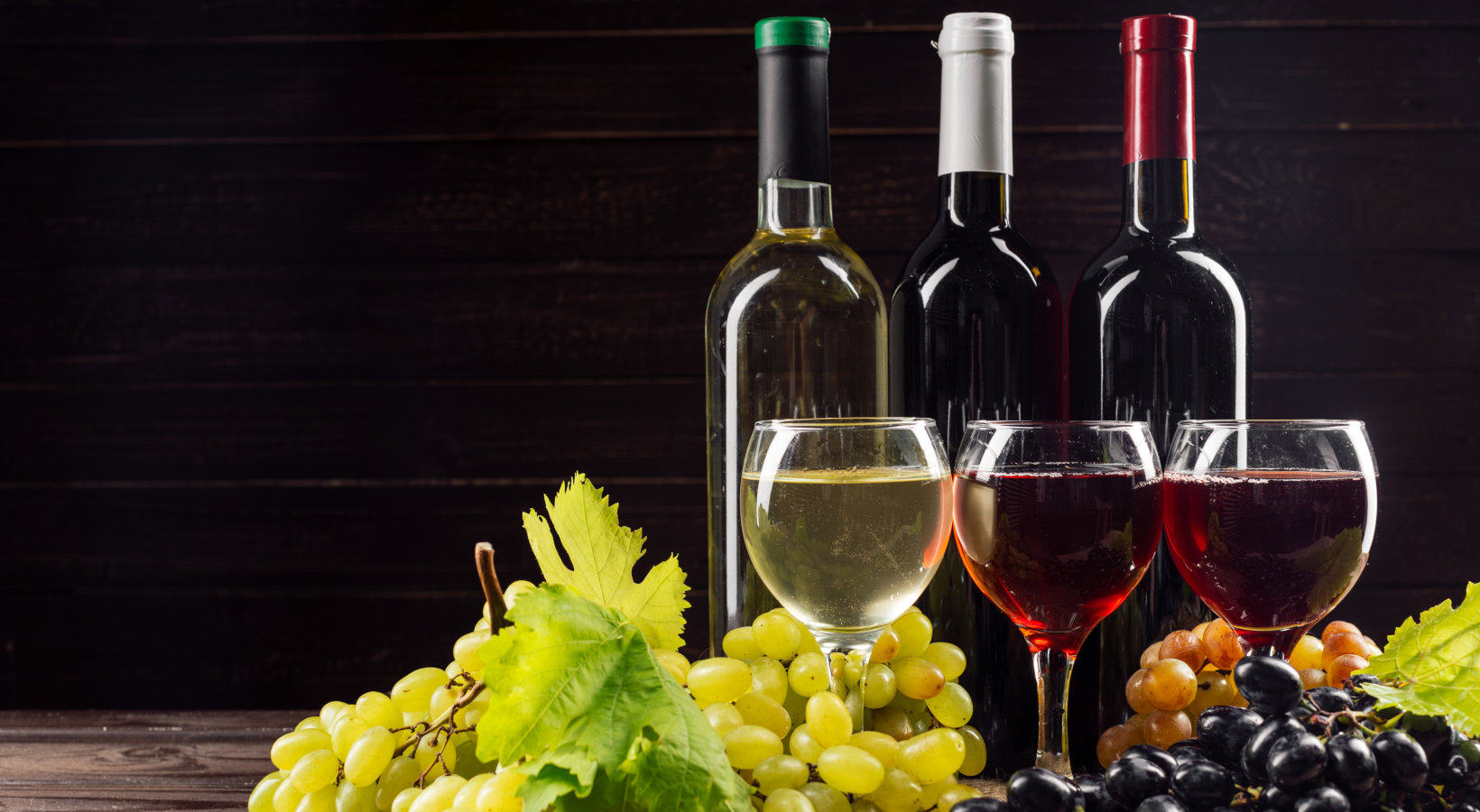
Red wine is made with black grapes and is defined by its dark fruit flavours. It has a high tannin content due to grape skins being left on during the fermentation process. If the wine is red and dark, there is a good chance it will be higher in tannins than other varieties of wine – this may be defined by a bitter taste.
Oak ageing is a common process in much red wine production, whereby the wine is aged in new oak barrels to add flavour and aroma while softening the tannin structure of the wine to make it smoother. Both the ageing process and the variety of grape used influence how red wine tastes.
White wine is made from black and white grapes. However, grape skins are separated prior to the fermentation process, resulting in a clear colour. White wines are usually made from just one type of grape, ranging from a dry to sweet taste depending on when the grapes are harvested.
White wine has fewer tannins than red wine, contributing to its fresh and acidic taste, and is often aged in stainless steel barrels to maintain its fresh aroma.
Rosé wine is characterised by its pretty pink hue. This colour generally results from the juice of black grapes being fermented with the grape skins for a short period of time, but removing the skins before the wine is stained dark red. Similar to white wine, rosé is usually low in tannins too.
Rosé wine will generally contain a blend of different grape varieties which, along with production methods and climate, contribute to its specific taste, ranging from dry to sweet.
Sparkling wine, fondly known as ‘bubbly’, gets its nickname as a result of a secondary fermentation process that creates carbonated bubbles. Sparkling wine is made from both white and black grape varieties, and hence can be red, white, or rosé, with the most well-known wines being champagne and prosecco. Sparkling wine is commonly referred to as champagne, however, legally only wine from the Champagne region in France can use this name on their products.
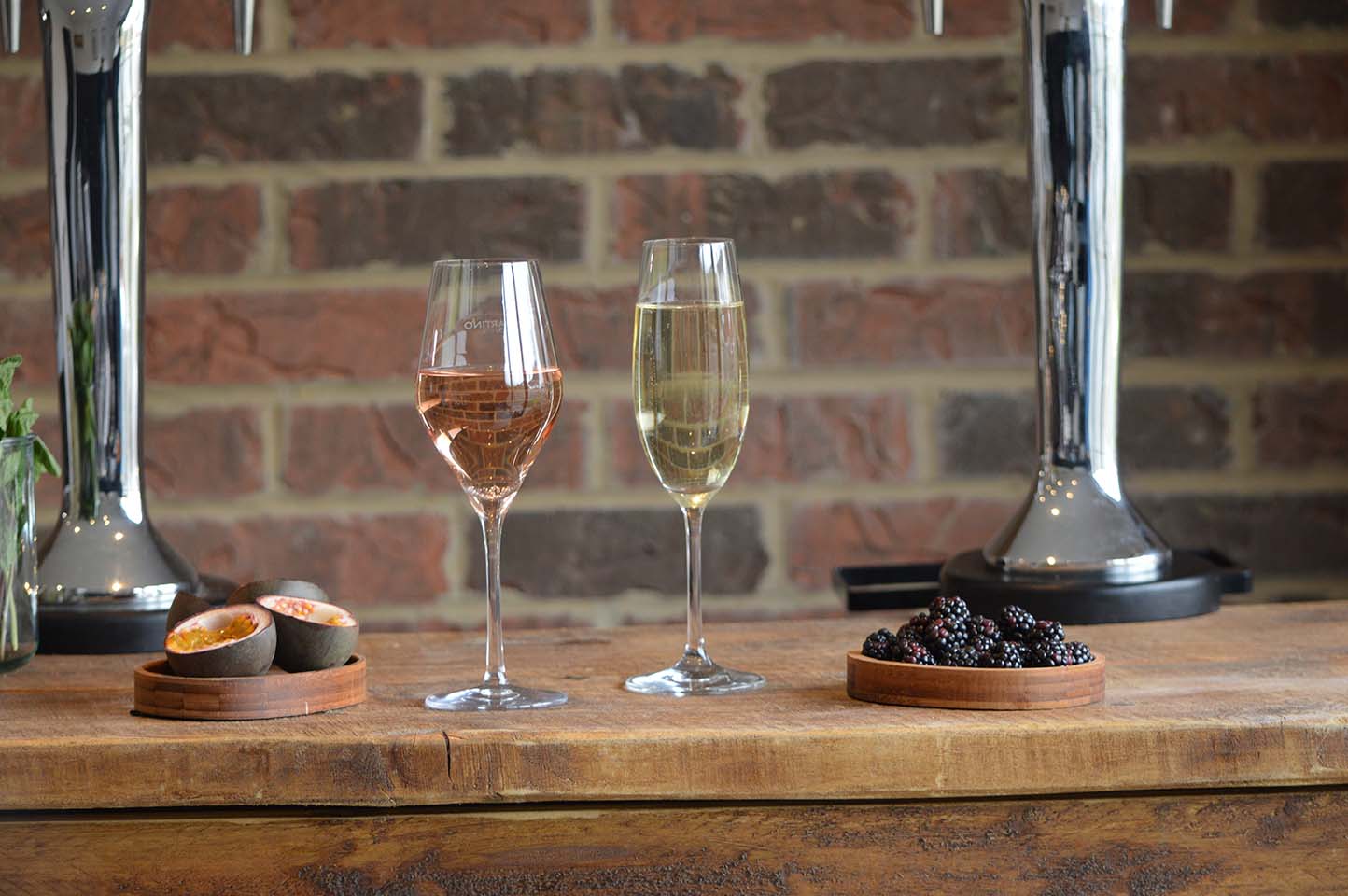
It is thought that champagne was invented by French monk Dom Pierre Perignon in the late 17th century, however, it is also noted that Cotswold scientist Christopher Merrett first documented how to create sparkling wine through the addition of sugar thirty-five years earlier in 1662. So, it seems that English sparkling wine may have an even longer history than Champagne itself – what do you think?
Fortified wine is a wine with spirits added during the fermentation process, resulting in the wine becoming more sweet and alcoholic. There is a huge variety of fortified wines from botanical Vermouth, rich Port, smoky-sweet Madeira, to sweet Sherry. Fortified wines have a higher alcohol content than other wines, but those with lower alcohol content compared to their counterparts are typically regarded as dessert wines.
Vintage wines are made from grapes grown in one specific year, whereas non-vintage wines are created through a blend of wines from different years or grapes. The creation of non-vintage wines, commonly abbreviated to N.V., will generally result in a more consistent style and taste profile compared to vintage wines.
Learn more about the unique history of wine, or browse our bottled wines and wines on tap to test out your newfound knowledge by tasting the difference! Or if you’re looking for something other than wine, we can also provide a range of on-tap cocktails, single-serve cocktails and dispensing equipment.
Share Post:

Draft cocktails have evolved from a passing trend, to an inevitable staple at trendy bars and popular restaurants across the UK. But what exactly is
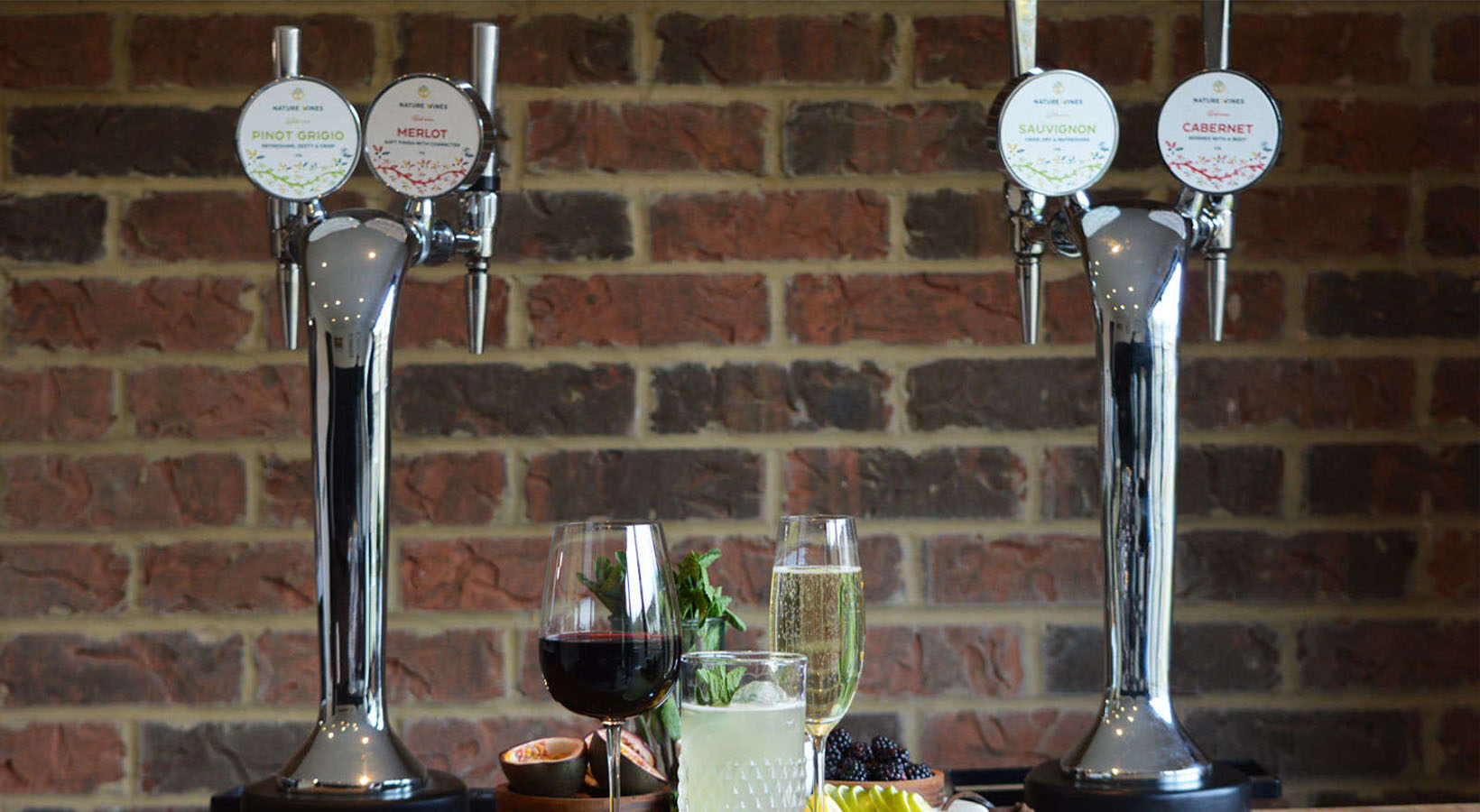
Wine on tap is growing in popularity for its practicality and value. Managing operations within a restaurant environment may feel like juggling one hundred things
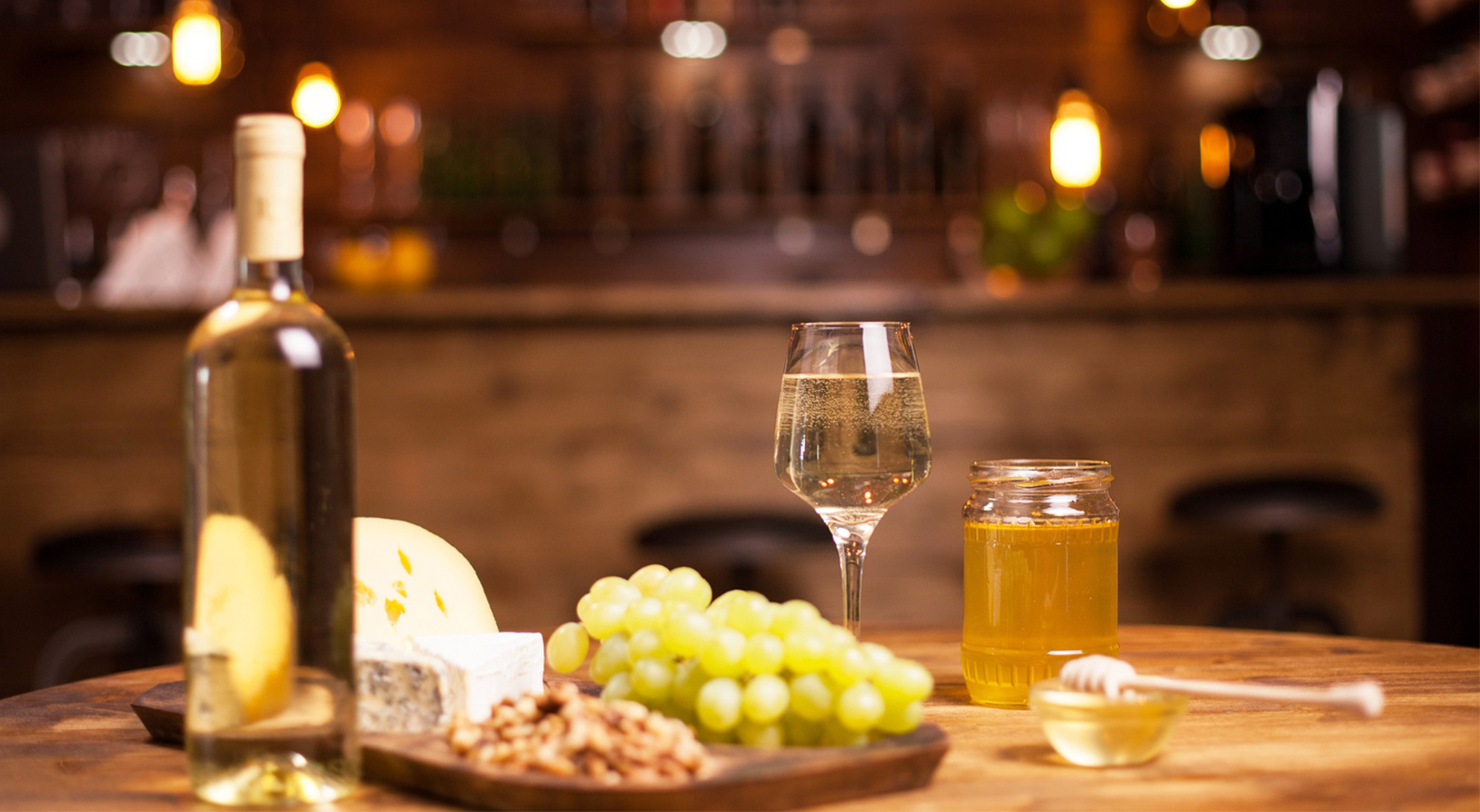
Most guides for pairing food and wine are overly strict. Truthfully, you can eat whatever you want while drinking whichever wine you choose. There are
© All Rights Reserved
Approved Alcohol Supplier – AWRS No: XWAW00000103629
VAT No: GB 113 272 944
Co Reg: 07645413
Registered Office: 75 The Mall, Swindon, Wiltshire, SN1 4JE
Approved Alcohol Supplier – AWRS No: XWAW00000103629
VAT No: GB 113 272 944
Co Reg: 07645413
Registered Office: 75 The Mall, Swindon, Wiltshire, SN1 4JE
Send us your details for a free sample